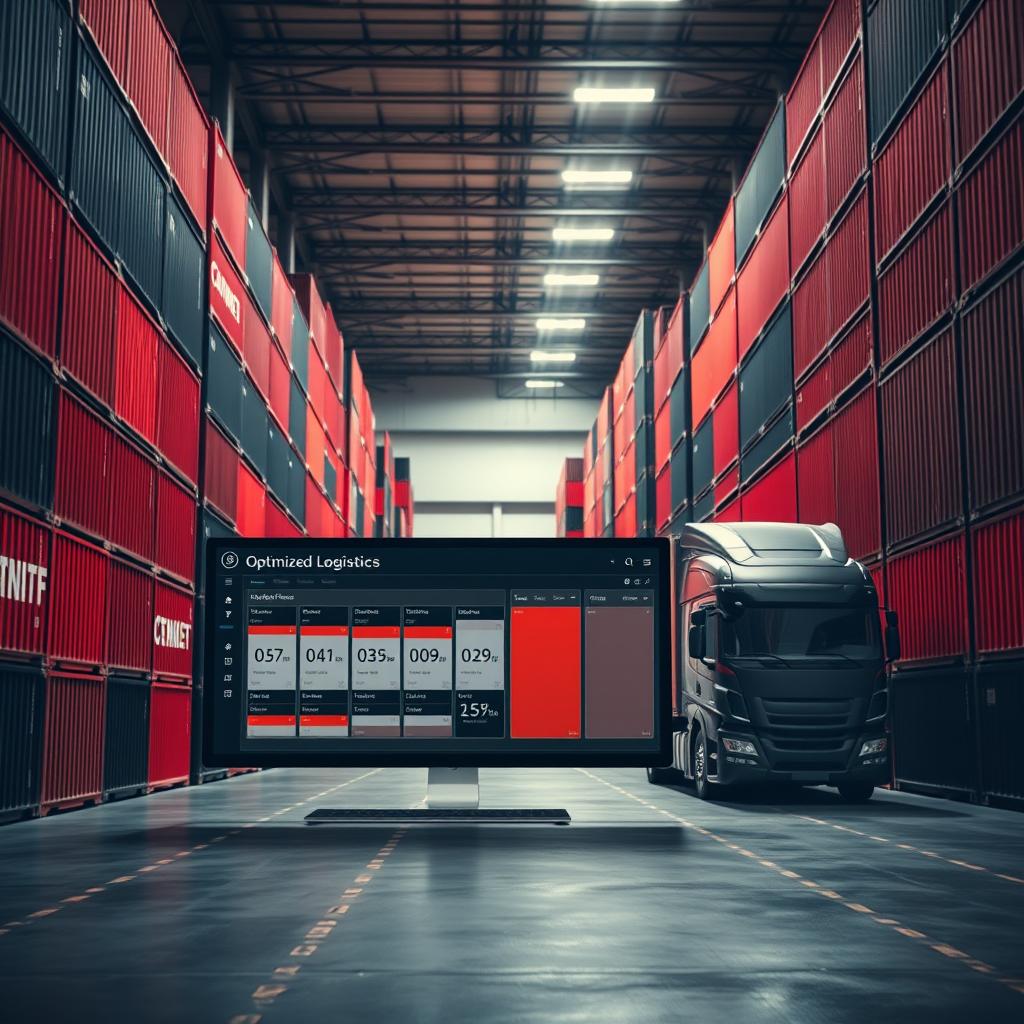Best Practices for Optimizing Freight Loads
Efficient freight load optimization is crucial in today’s competitive logistics landscape. Whether you’re managing a small fleet or overseeing large-scale shipping operations, understanding and implementing proper freight load distribution practices can significantly impact your bottom line. In this comprehensive guide, we’ll explore the essential strategies and best practices for optimizing freight loads to maximize efficiency, reduce costs, and ensure safe transportation.
H2: Understanding the Fundamentals of Freight Load Optimization
Before diving into specific strategies, it’s essential to understand what freight load optimization entails. At its core, it’s about maximizing the use of available space while maintaining safety standards and considering various constraints such as weight limits, product compatibility, and delivery schedules.
Key Components of Load Optimization:
– Weight distribution
– Space utilization
– Load stability
– Product protection
– Regulatory compliance
The proper implementation of these components can lead to significant cost savings, improved safety, and enhanced operational efficiency. According to the Federal Motor Carrier Safety Administration, proper load distribution is not just about efficiency—it’s a crucial safety requirement.
H2: Strategic Planning and Load Design
Successful freight load optimization begins long before any physical loading takes place. Strategic planning involves several critical steps:
1. Pre-planning Assessment
– Evaluate shipment characteristics
– Determine equipment requirements
– Consider route restrictions
– Review delivery schedules
2. Load Configuration Analysis
– Calculate optimal weight distribution
– Plan stacking sequences
– Determine securing requirements
– Consider multi-stop implications
H3: Advanced Planning Tools and Technologies
Modern freight optimization relies heavily on sophisticated tools and software solutions. These technologies can:
– Generate optimal loading patterns
– Calculate weight distribution automatically
– Provide 3D visualization of load configurations
– Track and monitor shipment status
H2: Maximizing Space Utilization and Weight Distribution
Effective space utilization is crucial for optimizing freight loads. Here’s how to maximize available space while maintaining proper weight distribution:
Vertical Space Optimization:
– Stack compatible items safely
– Use appropriate dunnage and securing materials
– Consider product crush strength
– Maintain proper weight balance
Horizontal Space Management:
– Place heavier items at the bottom
– Distribute weight evenly across the trailer
– Ensure proper axle weight distribution
– Leave no dangerous gaps
H3: Weight Distribution Guidelines
Proper weight distribution is critical for:
– Vehicle stability
– Fuel efficiency
– Tire wear
– Braking effectiveness
– Overall safety
H2: Safety Considerations and Compliance
Safety should never be compromised in pursuit of optimization. Consider these essential safety factors:
1. Regulatory Requirements
– Weight limits
– Securing requirements
– Documentation
– Special cargo regulations
2. Product-Specific Considerations
– Hazardous materials handling
– Temperature-sensitive items
– Fragile goods protection
– Cross-contamination prevention
According to the U.S. Department of Transportation, proper load securing is mandatory and subject to specific regulations.
H2: Implementing Efficient Loading and Unloading Procedures
Streamlined loading and unloading procedures are essential for maintaining optimization throughout the shipping process:
Loading Best Practices:
– Use appropriate loading equipment
– Follow pre-determined load plans
– Verify weight distribution
– Secure loads properly
Unloading Considerations:
– Plan for multi-stop deliveries
– Maintain load stability during partial unloading
– Document any load shifts or damages
– Update load plans as needed
H3: Technology Integration in Loading Operations
Modern loading operations benefit from various technological solutions:
– Mobile scanning devices
– Real-time weight monitoring
– Digital load planning tools
– Automated documentation systems
H2: Measuring and Improving Performance
Continuous improvement in freight load optimization requires regular monitoring and assessment:
Key Performance Indicators (KPIs):
– Load utilization rates
– Cost per unit shipped
– Damage rates
– On-time delivery performance
– Fuel efficiency
Performance Monitoring Tools:
– Load planning software
– GPS tracking systems
– Electronic logging devices
– Analytics platforms
Conclusion
Optimizing freight loads is a complex but crucial aspect of modern logistics operations. By implementing these best practices and continuously monitoring performance, organizations can achieve significant improvements in efficiency, safety, and cost-effectiveness. The key is to maintain a balanced approach that considers all aspects of the operation while staying compliant with regulations and safety requirements.
Ready to transform your freight operations with optimal load distribution strategies? Contact our team of experts at +1 513 7884050 for personalized guidance on implementing these best practices in your organization. Our experienced professionals can help you develop customized solutions that meet your specific needs while maximizing efficiency and maintaining safety standards.
Let us help you optimize your freight operations today and drive your business toward greater success and profitability. Remember, proper freight load optimization isn’t just about saving money—it’s about building a more sustainable and efficient transportation system for the future.







